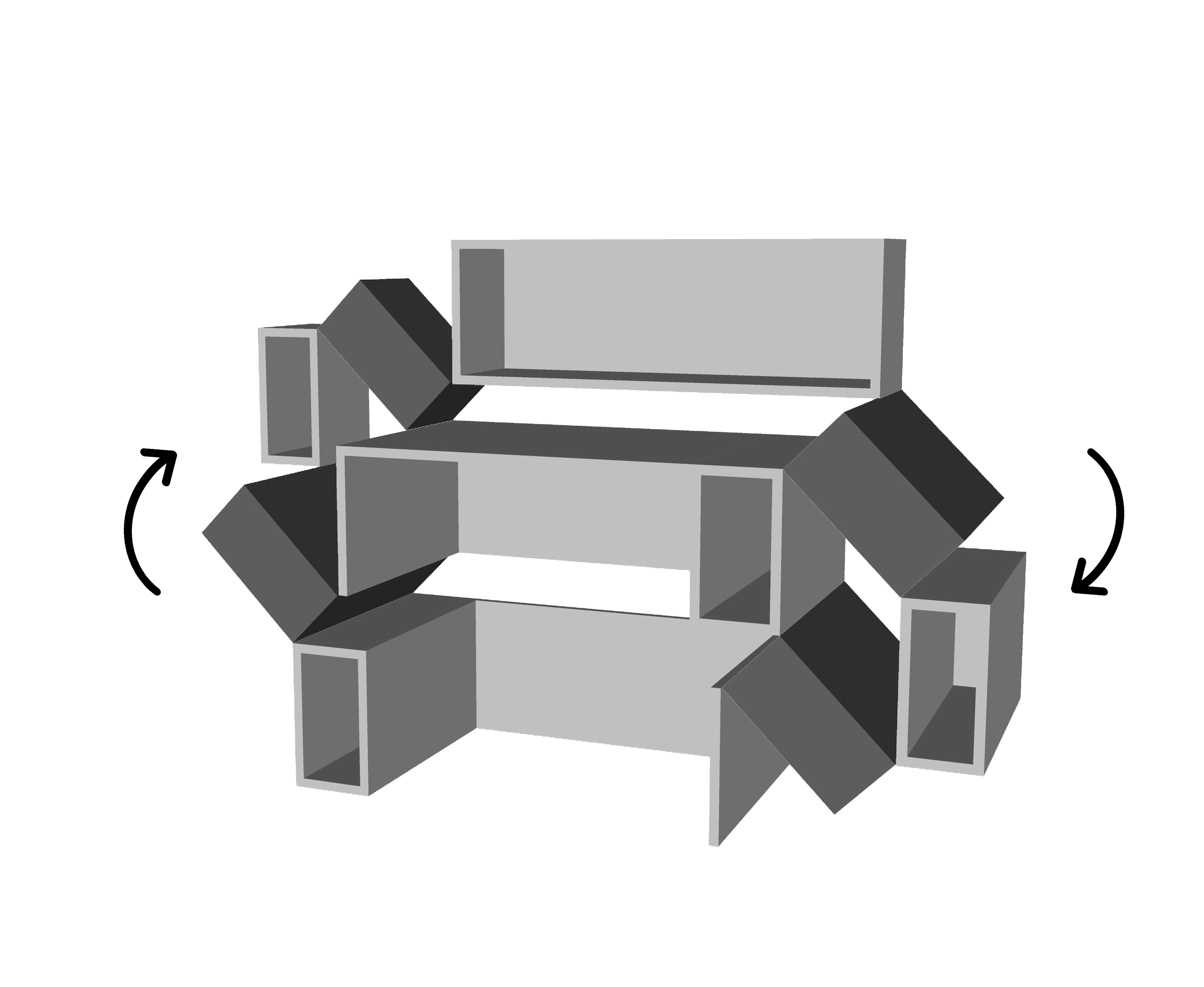The Development of the Automatic Furniture Changing System Based On Universal Design Case Study : Wheelchair User
Main Article Content
Abstract
This lead to current architectural design trend: the principles of Universal Design. In particular, an adaptive architecture is transformable building design that response to various demand and convenience. This research aim to develop a prototype of automatic adaptive space system using object tracking algorithm for multiple users simultaneously in single residence. By using video image processing, our system can detect 2 types of the user: wheelchair and general user. This research can be divided into 3 parts. First, studied on the problems of wheelchair users by using questionnaires and interviews. The analyzed result can be used to define the area requirement. We have found that the main problem of sharing space between users is non-flexible wall and furniture. Second part is the prototype development of automatic adaptive space system with object tracking technology. The final part is system efficiency evaluation. The system can facilitate and safely for everyone in the home.
Downloads
Article Details

This work is licensed under a Creative Commons Attribution-NonCommercial-NoDerivatives 4.0 International License.
All material is licensed under the terms of the Creative Commons Attribution 4.0 International (CC-BY-NC-ND 4.0) License, unless otherwise stated. As such, authors are free to share, copy, and redistribute the material in any medium or format. The authors must give appropriate credit, provide a link to the license, and indicate if changes were made. The authors may do so in any reasonable manner, but not in any way that suggests the licensor endorses you or your use. The authors may not use the material for commercial purposes. If the authors remix, transform, or build upon the material, they may not distribute the modified material, unless permission is obtained from JARS. Final, accepted versions of the paper may be posted on third party repositories, provided appropriate acknowledgement to the original source is clearly noted.
References
Akkakraisi, P., Sawangjaroen, C. and Busayarat, C. (2018). Design Guideline of Automatic Adaptive Space System for Wheelchair Users Based On Universal Design. The 9th Built Environment Research Associates Conference 2018 (BERAC 9), 206-212.
Grant. (2014). Tessellations Theory. Retrieved from http://algrant.ca/projects/hinged-tessellations/.
Hammerman, S. & Maikowski., S. (1981). The economics of Disability international perspection. International Journal of Rehabilitation Research, 5(2), 149-166.
Jianrum, A. (2013). The needs for life quality development of the disabled in Sanam Chai subdistrict administrative organization, Bang Sai District, Phra Nakhon Si Ayutthaya Province. Academic Service Journal, 25(1), 63-70. Retrieved from https://journal.oas.psu.ac.th/index.php/asj/article/view/119/685.
Kawalkar, V. (2015). What is adaptive architecture?. Pune, Maharashtra. Retrieved from http://www.sovereignarchitects.com/what-is-adaptive-architecture.
Ministry of Social Development and Human Security. (2017). Report of the disabled in Thailand in June 2017. Retrieved from http://dep.go.th/?q=th/news/.
Prompak, C. (2013). Aging society in Thailand. Bureau of Academic Affairs, The Secretariat of the Senate, 3(16),1-23. Retrieved from http://library.senate.go.th/document/Ext6078/6078440_0002.PDF.
Schnadelbach, H. (2010). Adaptive Architecture – A Conceptual Framework. Computer Science, University of Nottingham.
Suksod, T. (2017). Universal Design. Retrieved from https://www.gotoknow.org/posts/358762?fbclid=IwAR3wApVWIEM-TrWyMXZzFOlB2ZRyRoElrXLZq23ulS0cGMBufc2yyIJKfVM.
Tanikawa, U., Kawanishi, Y., Deguchi, D., Ide, I., Murase, H. & Kawai, R. (2017). Wheelchair-user Detection Combined with Parts-based Tracking. 12th International Joint Conference on Computer Vision, Imaging and Computer Graphics Theory and Applications, 5, 165-172.
Trivisvavet, A. (2015). Automatic Sunscreen and Light Level Control base on Human Posture in Enclosed Space of Public Building. (Master’s thesis). Thammasat University, Faculty of Architecture and Planning, Department of Architecture.
Visantasajee, S. (2011). Design guidelines for elderly social and recreation center in Thrungkru and vicinity, Bangkok. (Master’s thesis). Thammasat University, Faculty of Architecture and Planning, Department of Architecture.


